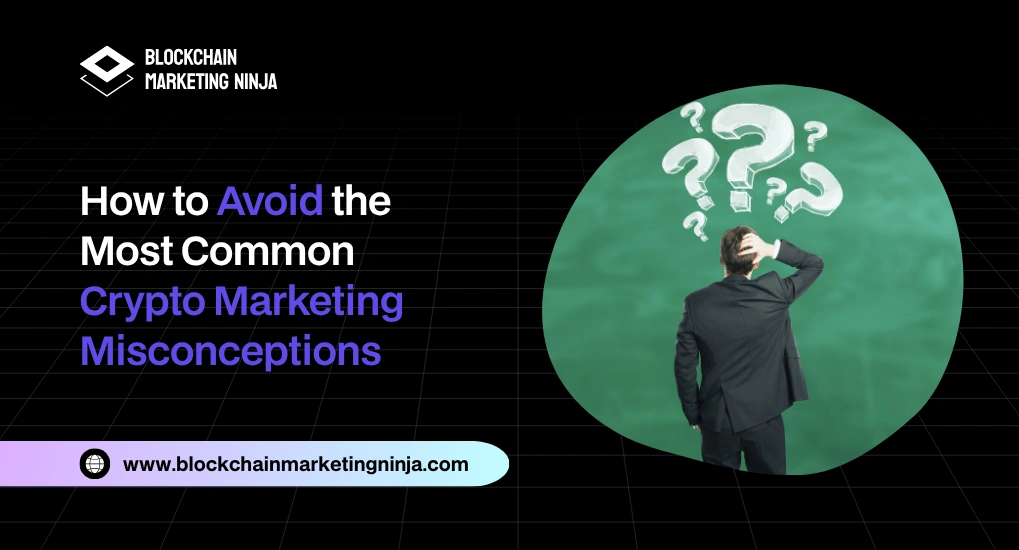The adoption of cryptocurrency into the financial world in 2009 has been recorded as one of the significant milestones in recent times, giving a chance for many crypto and blockchain brands to come to light, making them opt for a preferred crypto marketing agency for promoting their business. However, this has brought with it some forms of misconception because of its seemingly complex nature. The uncertainty surrounding the digital ecosystem has left an illusion driven by ignorance and a lack of adequate insight into technological advancements.
Notwithstanding, measures tailored towards addressing these misconceptions have been highlighted in this article to aid in the proper enlightenment of interested individuals.
Crypto Marketing Misconceptions and their Solutions
Since its beginning, crypto marketing has been effectively managed until recently when management expectations seemed to be breached, leaving the opted respective crypto marketing agency to address the concern. On scrutiny, it was revealed that some misconceptions have crept into the ecosystem, which, if not addressed, would hamper the original intention of digital marketing. Some of the highlighted concerns include the fallacy of cryptocurrency hype, the complexity of the crypto ecosystem, the inclination to short-term targets, and tendencies of regulation evasion.
Misconception 1: Crypto Marketing is Just About Hype
The entry of new digital assets into the financial market is always driven by initial hype propaganda, which only has a momentary tendency to attract investors but is incapable of maintaining the tempo on a long-term scale. Establishing a platform that screens for the accountability and transparency of all activities in the ecosystem would help to keep the customers updated on the dynamics of market flows.
Misconception 2: Crypto Marketing Doesn’t Need Regulation
The origin of digital marketing came with unregulated market propaganda, which could predispose to events of money laundering, increase in corruption, market manipulation, and other fraudulent activities. Recently, regulatory bodies have structured to curtail market excesses. Recent activities of some law enforcement bodies like the European Union have revealed that the digital ecosystem is slowly embracing strict regulatory strategies.
Misconception 3: Crypto Marketing Is Too Complex for Traditional Strategies
The ambitious nature of the crypto market is a fallacy in the traditional world as any individual determined to acquire the technical know-how of any business will do that even with the help of a few relevant resources. Finding an interception between traditional and digital marketing strategies will effectively create a conducive marketing environment and brands know how to avoid common marketing mistakes.
Misconception 4: Crypto Marketing Should Prioritize Short-Term Gains
The urge to focus crypto marketing services on short-term goals rises from factors that may include prioritization of quick profits, which is usually because of a hype-driven market and heightened fear-greed index as regards the high volatility of the ecosystem. However, embracing the recent blockchain marketing strategy, which considers real-time facts and data analysis, long-term profits and goals are guaranteed as chances of risk occurrences are reduced to the bare minimum.
The Last Word
The misconception of crypto marketing included that the market is currently determined by careful scrutinization of price trends, market sentiments, and price history and evaluation, targeted in line with the actual value of a project.
The concerns of the marketing of crypto operating on a lawless forum have been addressed and tailored. Law enforcement platforms like the European Union are set up to issue regulatory dictations when due. Biased complexity illusions of the crypto market have been overruled by the enhancement of customer education, which aided in the enlightenment of the actual makeup of the digital ecosystem.
